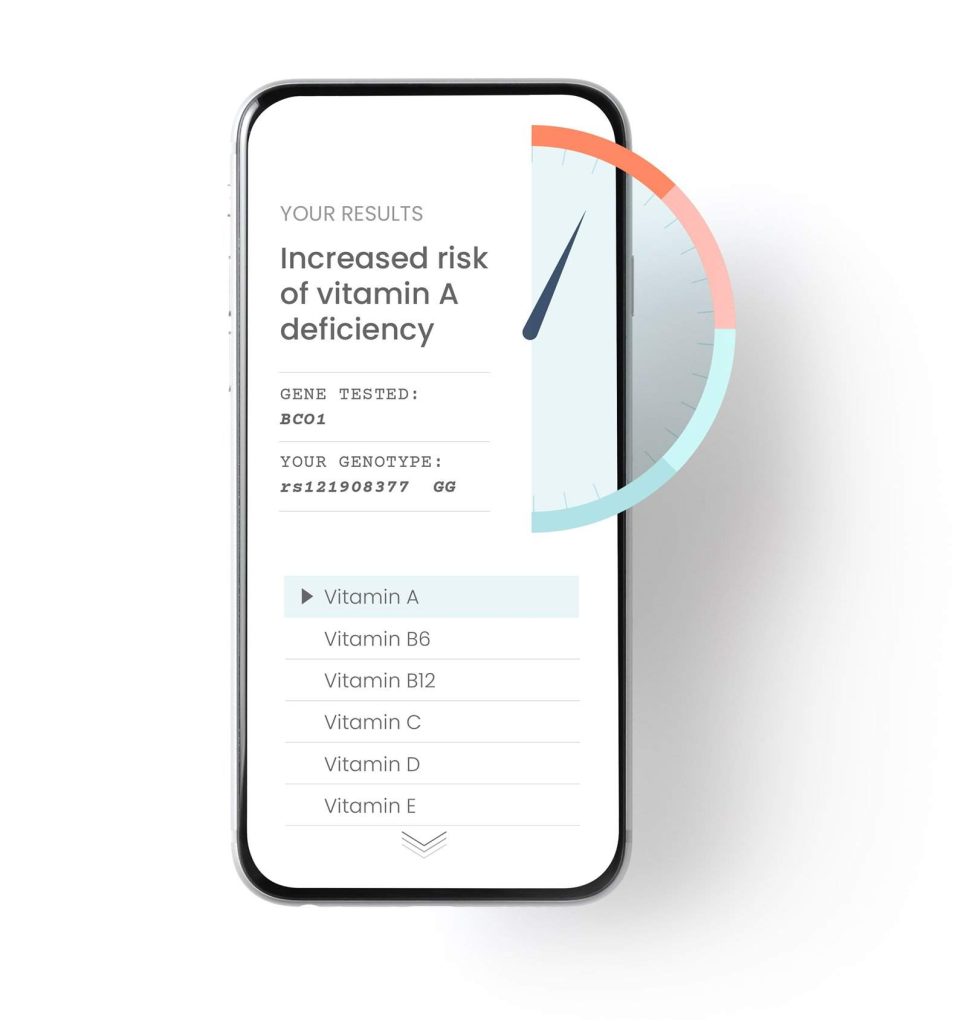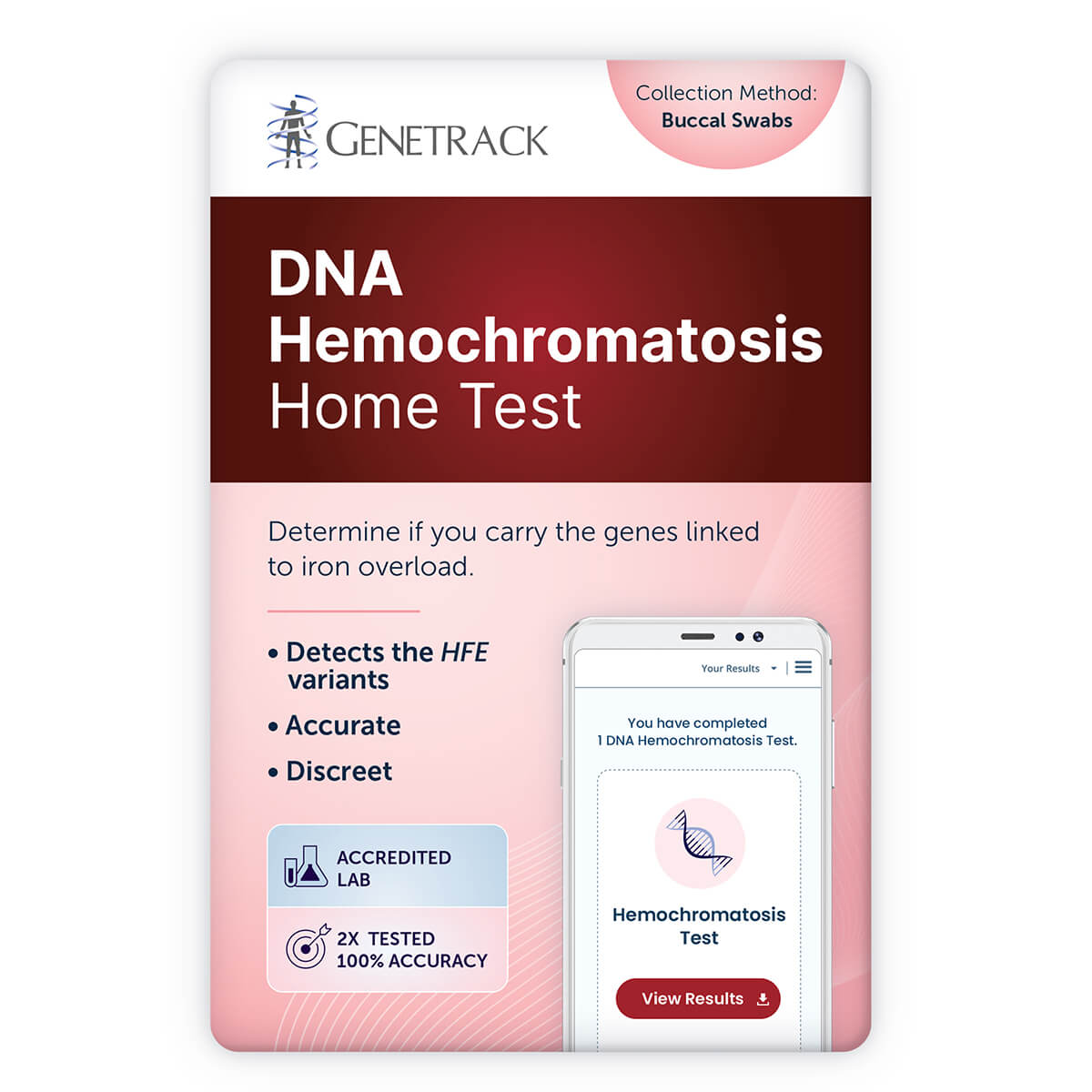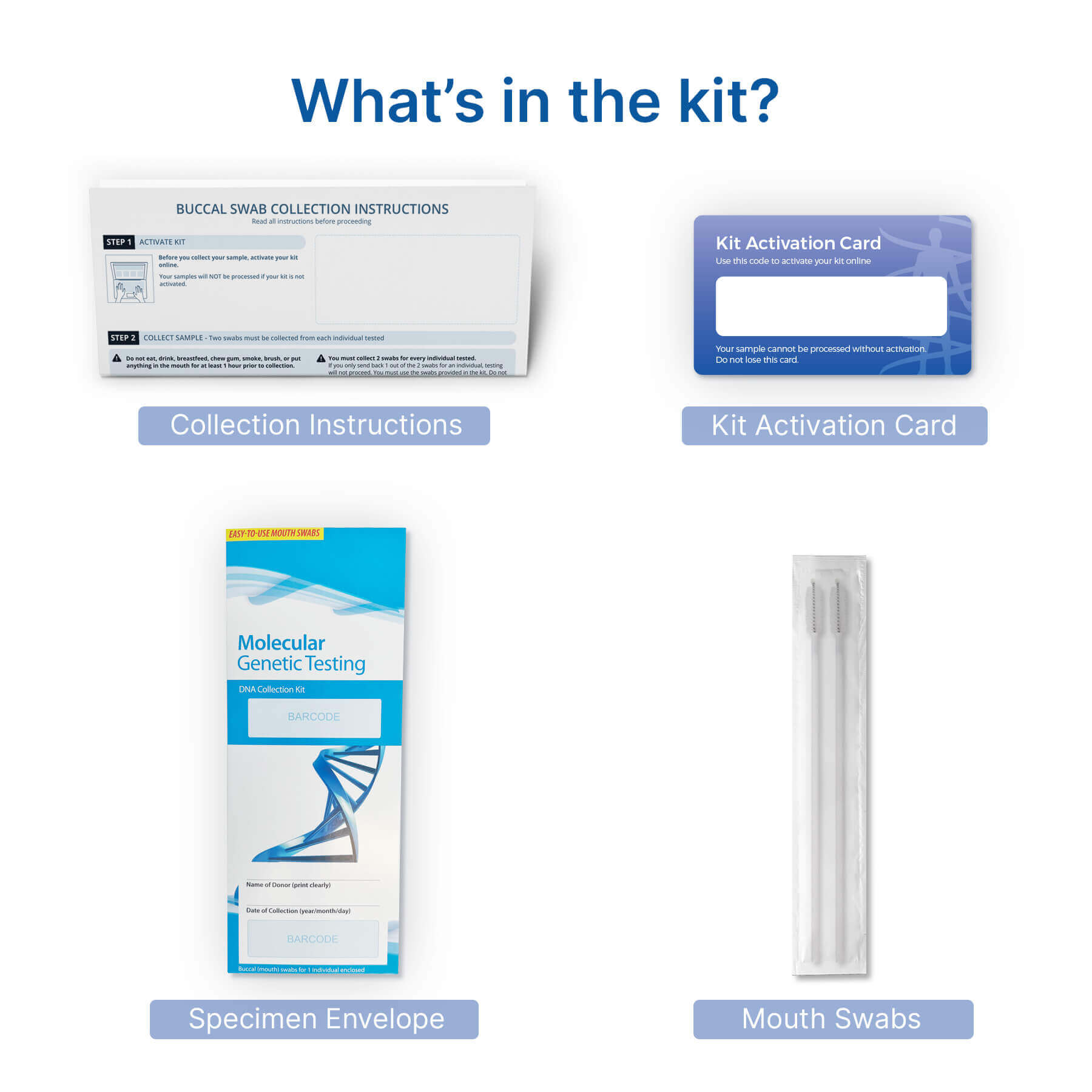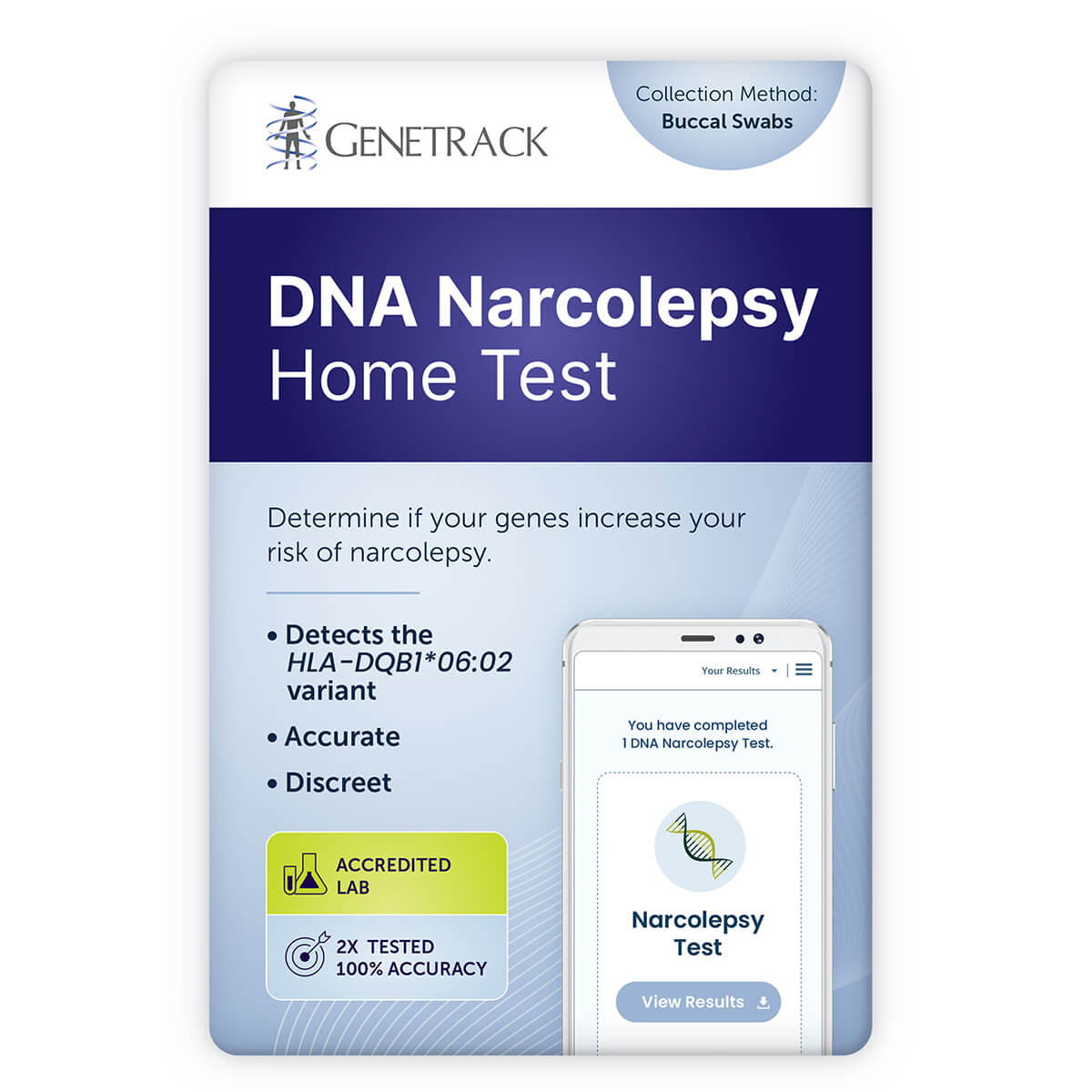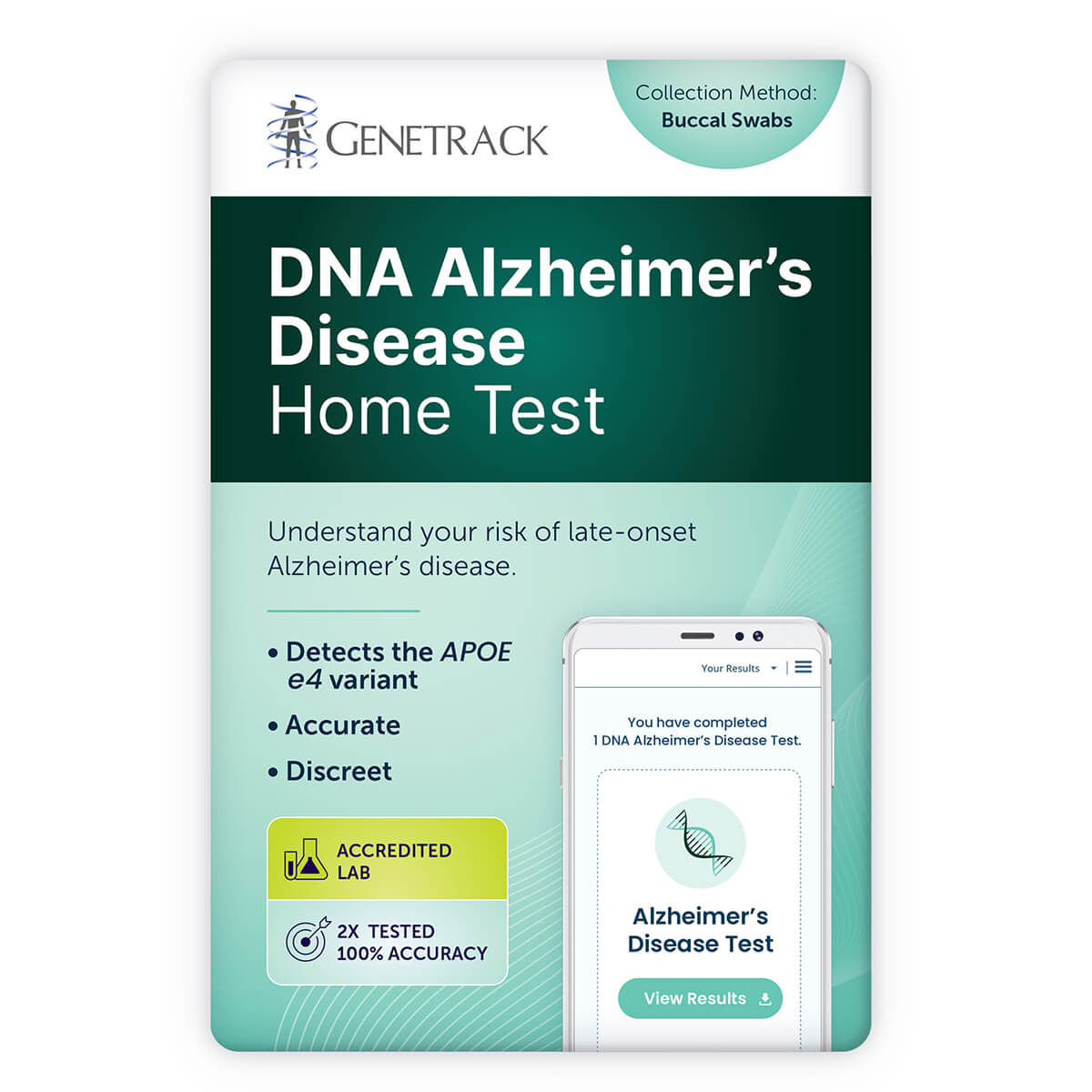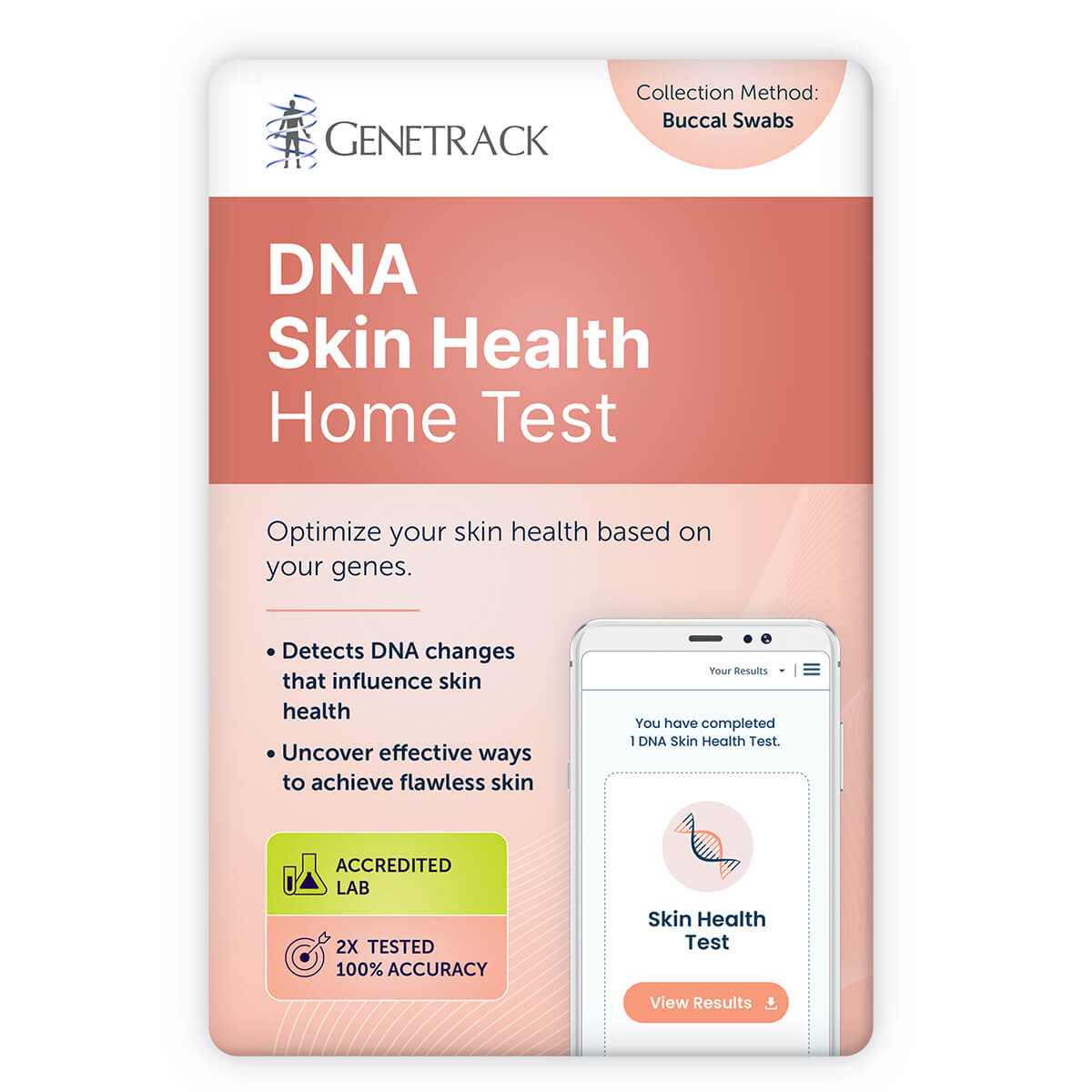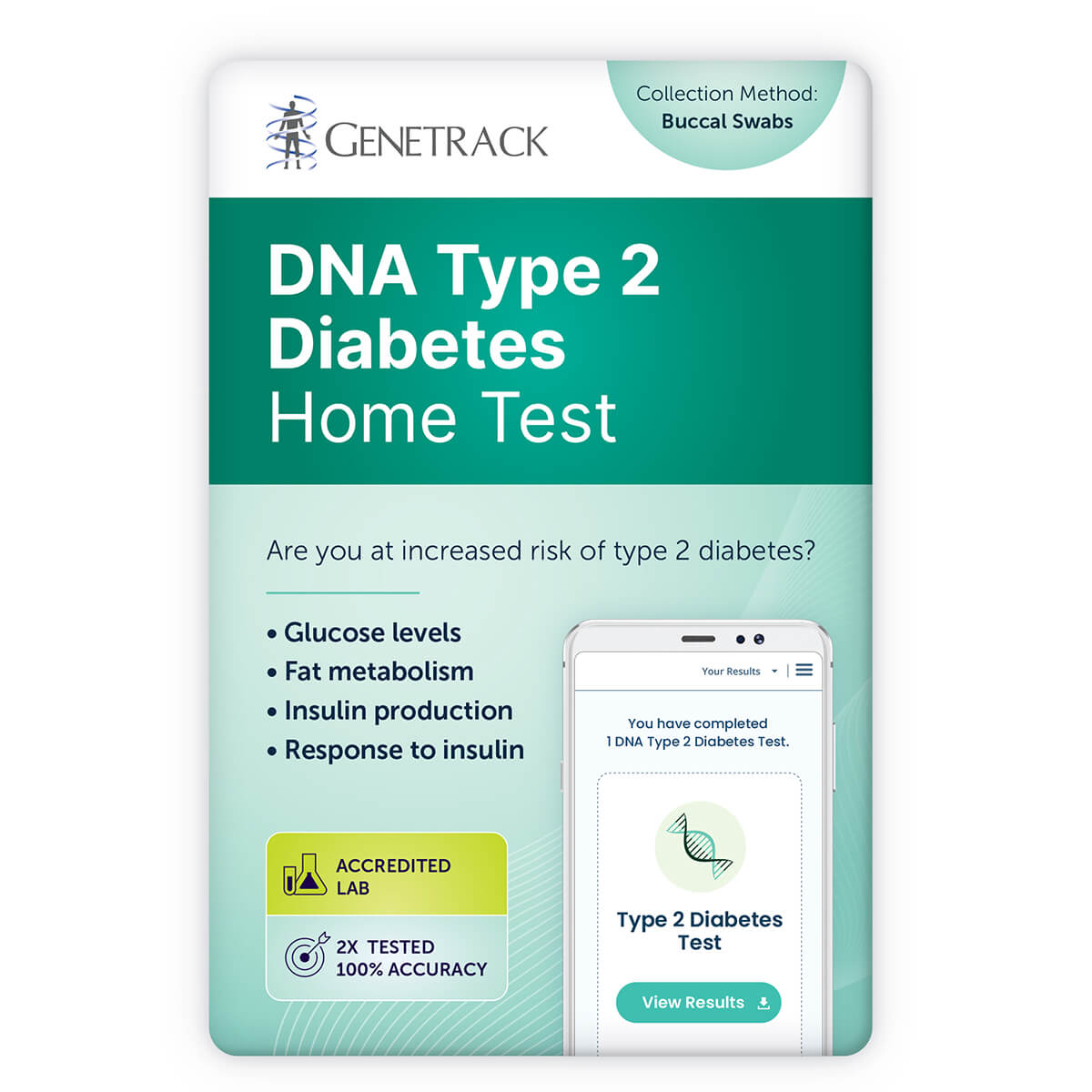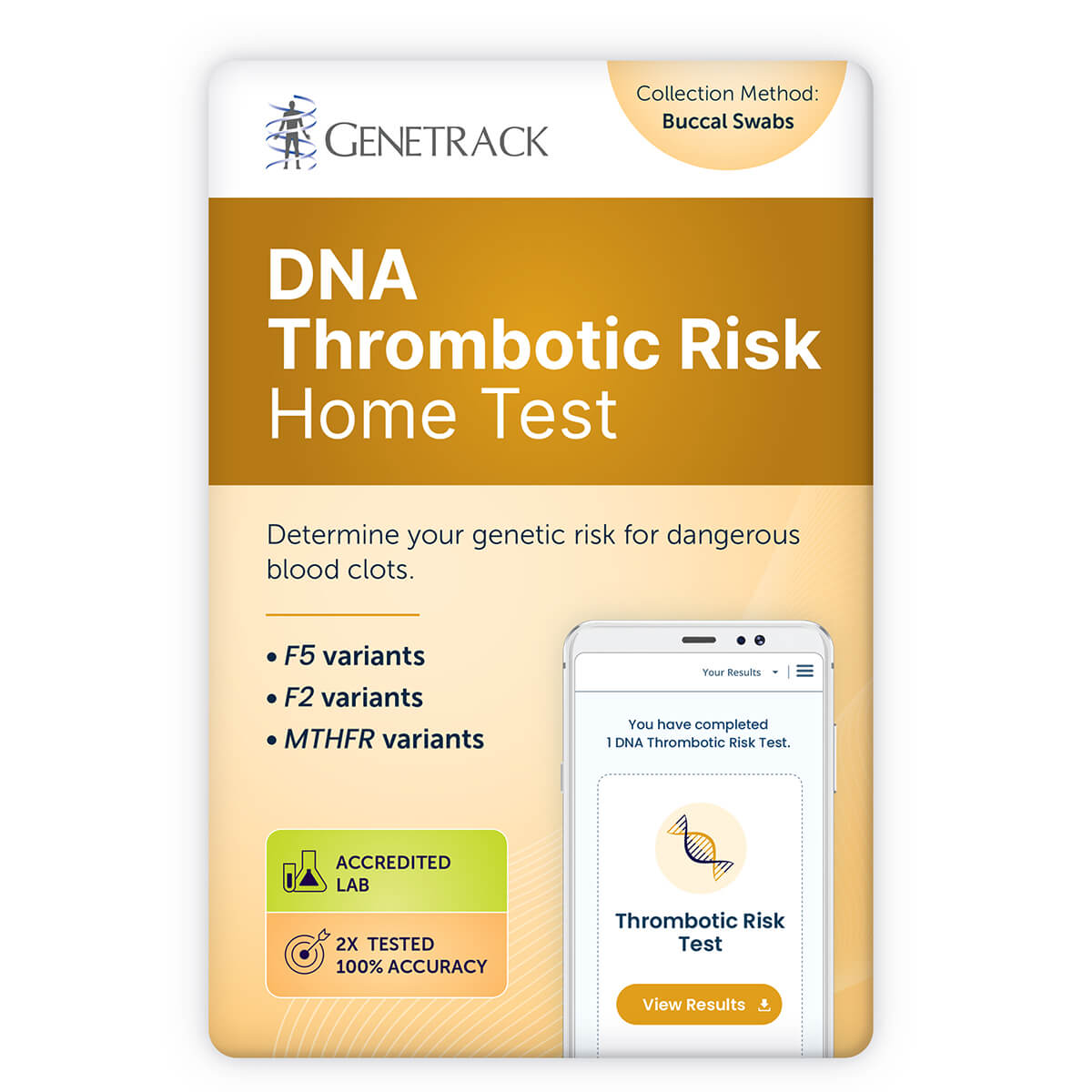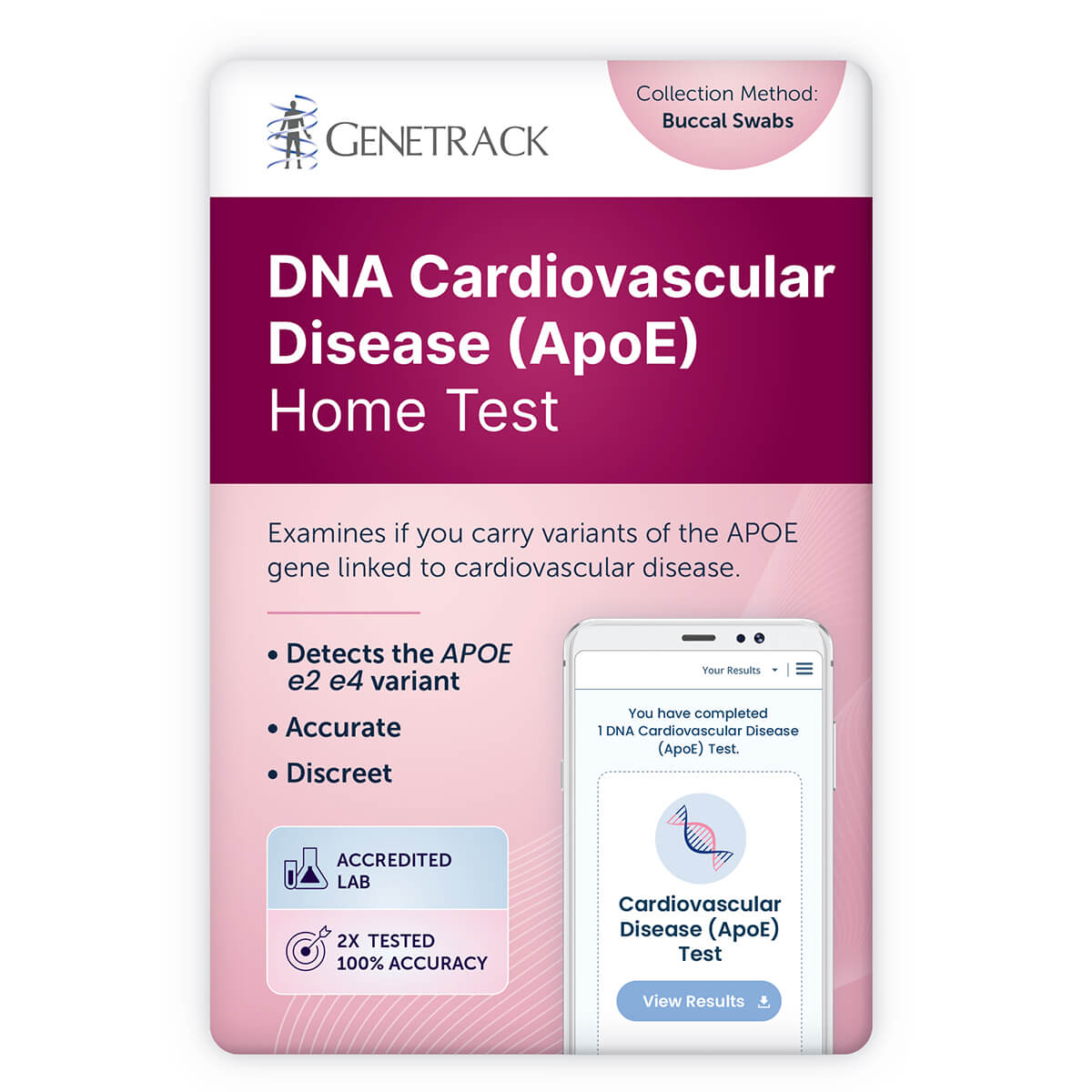DNA Hemochromatosis Test
Discover Your Genetic Risk of Iron Overload
Are you showing early symptoms of fatigue, joint pain or memory loss? Or maybe you have Viking ancestors and want to check your genetic risk? The Genetrack DNA Hemochromatosis Test can help determine if you carry mutations in the HFE gene linked to hereditary hemochromatosis, a condition where the body absorbs and stores excessive iron.- Identifies the 3 most common mutations in the HFE gene
- Over 80% of affected individuals have 2 copies of the C282Y mutation
- 1 in 200 people of European ancestry have the highest risk double mutations
฿15,200
AABB, ISO17025 & CLIA accredited lab
What is hemochromatosis?
Hemochromatosis is a genetic disorder that causes the body to absorb too much iron. People with hemochromatosis absorb 3-4 times more iron than normal from foods. This excess iron builds up over time in organs like the liver, heart, and pancreas.
Over time, the iron overload causes permanent damage to organs and can lead to diseases like cirrhosis, heart failure, arthritis, and diabetes.
How common is hemochromatosis?
Hemochromatosis is the most common genetic disorder in people of Northern European descent.
About 1 in 200 individuals of European ancestry have two mutated copies of the HFE gene and are at highest risk for iron overload.
The condition affects both men and women, but men tend to show symptoms earlier, usually between ages 30-50. Women are often diagnosed later, after age 50 and 10+ years after menopause.
The HFE gene responsible for hemochromatosis is located on chromosome 6. People inherit two copies of this gene – one from each parent. Roughly 1 in 9 people of European ancestry carry one defective copy of the HFE gene.
Most people who carry one normal and one defective copy of the HFE gene do not develop hemochromatosis symptoms. However, in a small number of people with only one defective copy, iron overload can sometimes occur. This is usually triggered by other factors like hepatitis or alcohol abuse.
Tested Variants
- C282Y – Accounts for 80-85% of hemochromatosis cases
- H63D – Linked to a milder version, especially when combined with C282Y
- S65C – Rare, may cause mild symptoms when combined with C282Y
Likelihood of Symptoms
To have an increased risk of hemochromatosis, two defective copies of the HFE gene must be inherited. People who carry one normal and one defective copy, known as carriers, typically don’t exhibit symptoms.
Although people with two defective HFE genes have a higher risk, it doesn’t guarantee they’ll show signs of the disease. It’s believed that other genes or external factors, like excessive alcohol consumption, play a role in determining who actually develops symptoms.
Early Symptoms
Hemochromatosis is difficult to diagnose based just on symptoms, since they overlap with other conditions. Early signs can include:
- Fatigue and weakness
- “Iron fist” knuckle pain
- Memory problems
- Depression
- Shortness of breath
- Heart flutters
- High blood sugar
- Low thyroid function
How Home DNA Testing Works

Order Test Kit
From relationship tests to health tests, we offer a wide range of DNA tests to fit your needs.

Collect & Ship
Collect your DNA with our painless mouth swabs, then send the samples to our laboratory for analysis

Receive Results
Access your confidential results online the moment testing is completed. Our team of experts is available for any questions.
Electronic Reports Delivery
